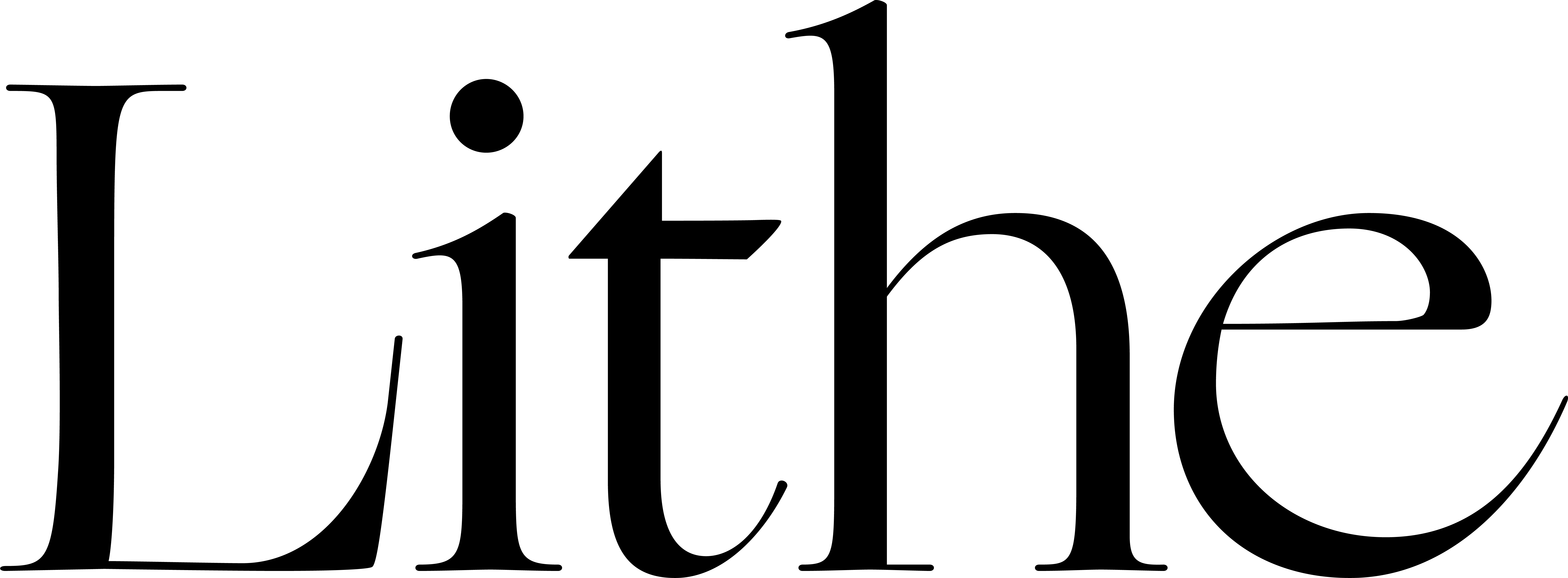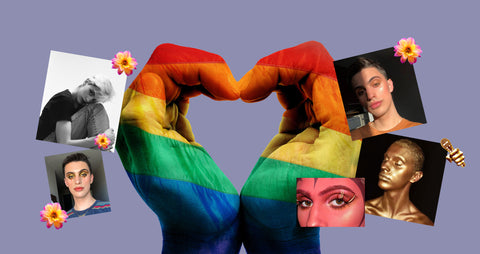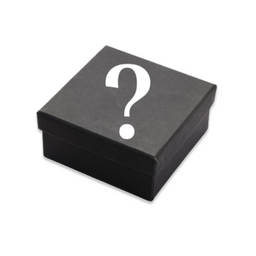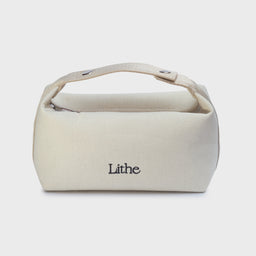By: Hayley Hasessian & Kryselle Cabral
If you scour the web for fashion and beauty trends, you may notice that the majority of sources are geared toward women. We did a little digging around as well and felt that a majority of men’s beauty and fashion related articles were targeted toward heterosexual individuals. And hence, we decided to round up and study the continually evolving male faces who have been influential and iconic with shaping the way we see and accept the societal standards of today. After all, beauty has no gender!
1950's - Post War Hope:
When thinking about the 1950s we think Elvis, James Dean or Marlon Brando. An interesting time in terms of men’s beauty and fashion, it’s a hopeful, exciting period in history.
Looking back on the conservative and clean-cut standards of these times, men’s beauty was all about the boyish heartthrob look. The beauty industry for men emphasized a polished look. Some iconic aesthetics from this era were preppy styles such as cricket sweaters and cardigans; bomber jackets, double-breasted suits, and of course, the bad-boy leather jacket!
Though the ‘50s were a time in the LGBTQ+ community that was not appearing visibly queer was of great importance, figures such as Marlon Brando and James Dean became fashion idols, specifically amongst gay women, thus inspiring “butch” fashion trends.
1960's - The Rise of A Counterculture
The “dapper man” trend comes from this era—you know, Don Draper in the hit TV show Mad Men? We saw the ascent of the British Mod subculture, and the acceptance of brighter colors like pastels and bolder patterns in men’s fashion with it; though the decade started off with muted, natural and earthy tones. There was still, however, an emphasis on a stricter, masculine fashion cut and style. Icons of this time include members of the Beatles, JFK, and Sean Connery. “Dapper” being a buzzword of this time, there was a major spotlight on the evolution of formal wear.
On the flip side, the second half of the ‘60s brought the rise of a trend on the opposite end of the spectrum: abstract, hippie fashion—or flower power! Jimi Hendrix played an important role as a fashion icon in this flower power period of fashion. The highlight being anti-establishment, anti-war, free love, and psychedelics. This entailed freedom in men’s beauty and grooming trends, allowing for bigger/longer hair, facial hair; completely contrasting the 1950s and early ‘60s. These decades had a big emphasis on “passing as” or looking heterosexual. Crossdressing was actually illegal unless attending some sort of masquerade. However, the Stonewall Riots in 1969 saw queer people starting to rebel and fight for their rights.

1970's - Gay Masculinity
Fresh after the Stonewall Riots, the LGBTQ+ community started to define some of their own fashion trends. Interestingly, gay men, specifically in New York and San Francisco, started to adopt stereotypically masculine all-American men’s fashion such as lumberjack attire, denim, and tight clothing used to emphasize the male form—making it their own.
This also brought forth the rise of leather within gay communities specifically. The men that sported these specific trends were referred to as “Castro Clones”- a slang term used to describe a homosexual man who adopted the appearance of an idealized working-class man. Male beauty regimes, however, still heavily revolved around grooming products such as hair oils and pomades—made specifically for men.

1980's - Breaking stereotypes
The 1980s were an interesting time for male fashion, specifically among gay men. There was still a heavy emphasis on masculinity, albeit as a big safety measure amongst the queer community. Men had to be muscular—adopt “the pumping iron” body ideal. With the rise of AIDS awareness in the ‘80s, men in the queer community would continually go to the gym in order to avoid the desire to have sex. This is why, the image and aesthetic of the clones now became associated with AIDS, bringing about the emphasis on strong gym bodies and showing that off.
The 1980s also brought an interesting change within the communities of queer women, bringing about more options than the stereotypical “butch” attire that most sported in the ‘50s-‘60s, with the acceptance of trousers amongst women. Now, there were new options, inspired by punk and feminism. It marked the pinnacle of the “lipstick lesbian”, allowing for more femininity within lesbian fashion and stereotypes, and not just emphasizing on androgyny any longer.
As for the beauty community, there were now more men at the forefront of it. Frank Toskan and Frank Angelo, founded MAC Cosmetics in 1984 and then went on to collaborate with queer icons such as RuPaul, giving them a space in the beauty world that wasn’t entirely focused on being as masculine as possible for the first time. This was a monumental change as it brought about the acceptance that perhaps makeup could now be worn and enjoyed by men as well. Expressionist entertainers like David Bowie and Mick Jagger had all eyes on them, influencing some of their most devoted fans and creating a drift in the right direction for gender expression, and the accessibility of cosmetics for men.

1990's - Anti-Fashion
And the ‘90s!—An era closer to modern trends from which we still continue to pull. It brought us some of our most iconic gay influences, such as RuPaul, Boy George, George Michael, Prince. For the first time, men who really played with the gender binary were being given a spotlight.
Calvin Klein took a leap in gender-neutral beauty and released a gender-neutral fragrance called CK One, in 1994. It gained wide popularity, and became the most popular gender-neutral fragrance and continues to remain so to this day!
The ‘90s also brought a wave of “grunge” fashion, birthing a new generation of people who adopted a carefree attitude, influencing the use of makeup among men in entertainment, with trends such as smudged eyeliner.

2000's - Online Identities
Remember Green Day and MCR? The movement of men wearing makeup continued in the early 2000s, especially among those in the rock/grunge/punk scene. Icons like American Idol contestant Adam Lambert’s distinct aesthetic stood out in his rise to popularity in 2009.
This era also paved the way for scene culture on the internet with websites like MySpace and Tumblr; and the use of makeup as a mode of self-expression. It was all about rethinking what masculinity means, about asserting what your identity depicts and creating a safe space for the queer community.

2010's - Inclusivity
This decade was a pivotal moment for men in beauty given the rise of the “beauty boy” on social media; with big names such as Jeffree Star, Patrick Starrr, Bretman Rock, Manny MUA, and James Charles at the forefront of the movement. Social media popularity allowed for the once general censorship of men in beauty a bit easier to overcome. These big names shared their love for makeup with the world and carved a space for themselves and those alike in the beauty community.
Brands such as Fenty Beauty started to adopt a greater spectrum of representation.
Cover Girl unveiled James Charles as their first Cover Boy in 2016. Jeffree Star started Jeffree Star Cosmetics, and Buxom Cosmetics created a collaborative line of lip glosses, in partnership with male beauty influencers.
There was also an emphasis on self-expression and inclusivity. Brands such as Milk Makeup made their products accessible, easy to use, and available to everybody. The 2010s created a new space in the beauty world for people who never had a space before. It gave rise to brands that were created on the basis of needing more inclusivity.
2020s- Onward and Upward:
Beauty- as a concept- is always shifting. The acceptance of which comes from people demanding change and exploring their identities. As Pulitzer Prize-winning writer Robin Givhan rightly said, “Modern beauty doesn’t ask us to come to the table without judgment. It simply asks us to come presuming that everyone in attendance has a right to be there.”










Comments (0)
There are no comments for this article. Be the first one to leave a message!